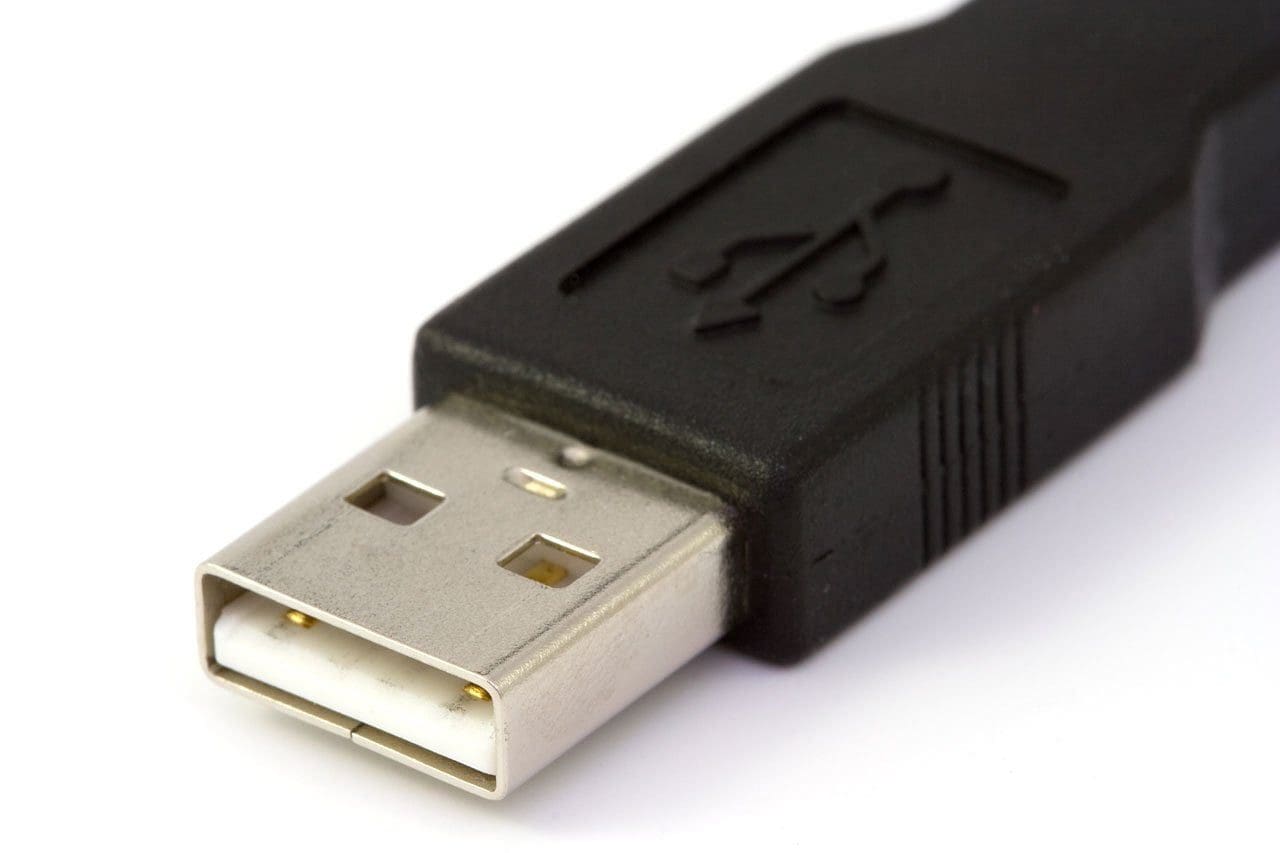The advancement of the computing environment permitted users to employ various sharing and storage mechanisms so that they could efficiently manage bulky data. Two important interfaces were introduced in the past to establish communication between varied peripheral devices and the computer named USB and SCSI. Both mechanisms permit the quicker transmission of data.
Key Takeaways
- USB offers easier connectivity and hot-swapping capabilities, whereas SCSI provides faster data transfer rates and supports multiple devices.
- USB is more common in consumer electronics, whereas SCSI is used for enterprise applications and high-performance devices.
- USB relies on a host controller to manage data transfers, whereas SCSI uses a dedicated controller for each device.

USB vs SCSI
USB is a standard interface for connecting devices to a computer, such as keyboards, mice, printers, external hard drives, and more. SCSI is an older interface widely used to connect high-performance devices such as hard drives, scanners, and CD or DVD drives.
The USB has not been around for as long as SCSI, yet it is quite popular owing to its unique and exciting features. Currently, a wide variety of hardware for USB is available, consisting of about 14 different types of connectors. The most recent type of USB connector being used is the USB-C.
The SCSI is the most widespread and popular interface. It is mainly used to increase performance and for better data transfer. The term SCSI ( Small Computer System Interface) signifies the cables and ports that are used to connect different peripheral devices to a computer.
Comparison Table
| Parameters of Comparison | USB | SCSI |
|---|---|---|
| Performance | Slow speed | High speed |
| Connecting Cables | Relatively affordable | More expensive |
| Convenience | Convenient to use | Highly temperamental |
| ID number for each device | Not required | Required |
| Capacity | Up to 127 devices | Only 7-15 devices |
| Hot swapping | Allowed | Not allowed |
What is USB?
One of the interfaces that aid in connecting numerous peripherals to a computer for data exchange or control reasons includes USB or Universal Serial Bus.
The peripherals include printers, scanners, digital cameras, keyboards, flash drives, mice, and mobile devices. The USB was first developed in 1996, and there have been many updated versions ever since. The latest updated version of the USB interface was introduced in 2019.
Some peripherals, such as Flash memory sticks, disc drives, and others, can also get power from USB, eliminating the need for separate power sources for each device. A host, which is commonly a personal computer (PC), and numerous peripheral devices are connected utilizing a tiered-star topology in USB systems.
This configuration may also include hubs that enable extra connection points to the USB system. The host controller and the root hub are the two parts that make up the host itself. The interface between personal computers and peripheral devices, such as cellphones, computer peripherals, and monitors, was made easier and more effective with the development of the USB.

What is SCSI?
Short for Small Computer System Interface, SCSI is a set of parallel interface standards that allow physical connection and data transfer between computers and peripheral devices. Commands, protocols, and electrical, optical, and logical interfaces are all defined under the SCSI standards.
The first ever SCSI was completed in 1986 with eight bits per second transfer speed. Later on, several modifications were made to the original interface, making it more compatible with modern devices. The evolved SCSI is currently available in multiple configurations, which include exciting features. One of which is the ultra-high speed of 160 megabytes per second.
It is a widely used interface that has been around for several years, which is why many modern devices come with built-in ports of SCSI. Although scanners and CD drives are among the many additional devices connected with the original Parallel SCSI, not all controllers can support them. The original Parallel SCSI was most frequently used for hard disc drives and tape drives.

Main Differences Between USB and SCSI
- The most recent USB interface supports a maximum speed of 12 megabits per second, which is comparatively very slow against the ultra-high speed of the latest SCSI.
- Despite having many benefits over USB and other modern interfaces, one feature that doesn’t make SCSI ideal is the requirement of thick connecting cables that can cost much more than the regular connecting cables used for the USB.
- One more downside of using SCSI is that using this interface can be extremely inconvenient as this type of interface tends to be highly temperamental. It can offer disk errors, storage errors, and other unexpected problems. In comparison, USB is quite convenient to use.
- For using a USB interface, a different ID number for each device is not required, while for SCSI, a unique ID number must be assigned to each of the devices before connecting them to the interface.
- Although USB has a slower speed, it makes up for this demerit by offering much more capacity than SCSI. The USB can support up to 127 devices simultaneously compared to the SCSI, which only supports 7-15 devices.
- SCSI does not allow hot swapping. It means that the computer must be shut down each time a new device is added or one of the previous ones is removed. On the other hand, USB does allow hot swapping, which makes it much easier to be used.

- SCSI-Drives-and-RAID-Arrays-Functionality.pdf (researchgate.net)
- USB/IP: A Transparent Device Sharing Technology over IP Network (jst.go.jp)
